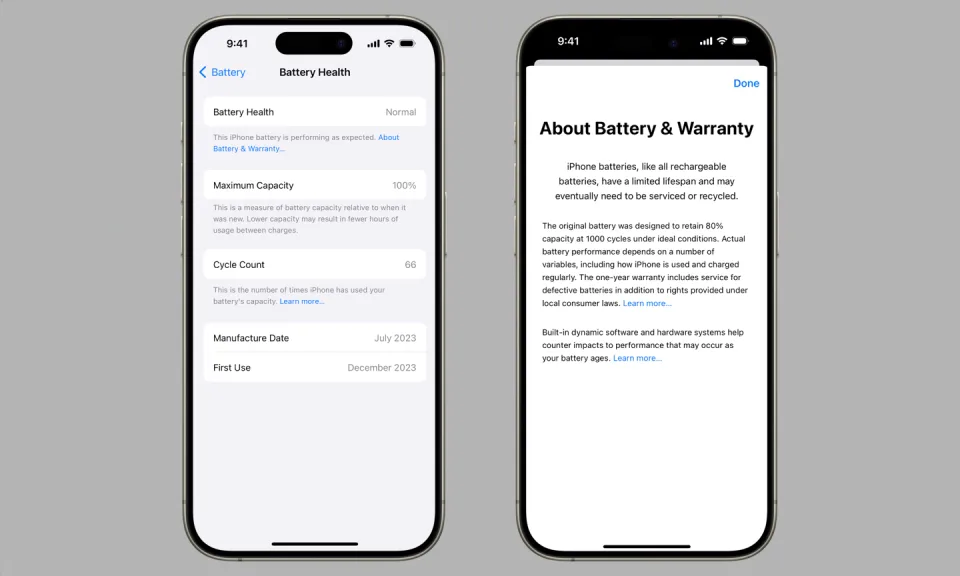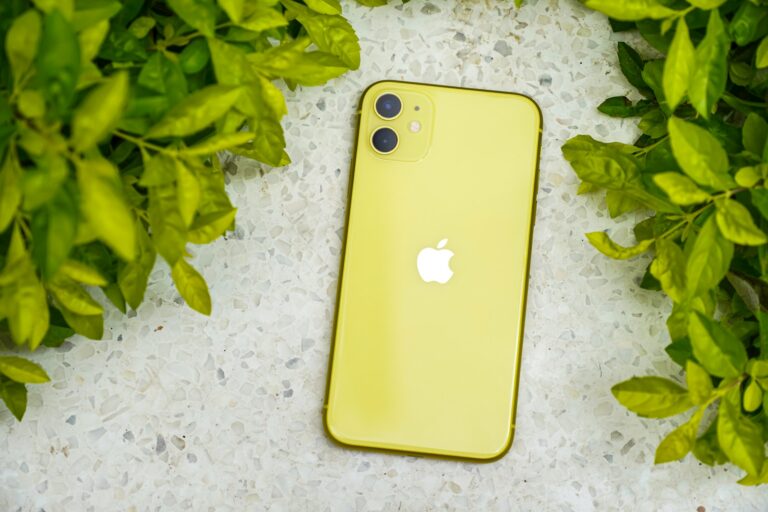According to the manufacturer, after 1,000 cycles, all four types can maintain 80% of their initial charge.
Apple has improved the battery life of the iPhone 15 with this update. Despite the fact that there are no new hardware or software changes, the firm announced on Tuesday that its most recent iPhones are capable of retaining 80 percent of their initial charging capacity after 1,000 cycles. This is twice as much as the company had previously estimated before. It is not a coincidence that the modification will take place in time for the impending regulations introduced by the European Union (EU) that will assign an energy grade to the battery longevity of mobile phones.
Prior to today, the online support manuals provided by Apple said that after 500 cycles, iPhone batteries maintained 80 percent of their initial full charge. However, after doing additional tests to determine the long-term battery health of its 2023 iPhones, including the iPhone 15, iPhone 15 Plus, iPhone 15 Pro, and iPhone 15 Pro Max, the company discovered that these devices are capable of retaining 80 percent of their capacity after 100 cycles or more. The organisation has stated that the documents that provide support will be revised on Tuesday to reflect the revised estimate.
It is stated by Apple that the testing process consisted of charging and draining the batteries a thousand times under particular conditions, as well as a series of tests that reflected common uses. The business explains the increase in the estimate to the continuous improvements that it has made to its battery components and iOS power management. This is the reason why the estimate has doubled without any changes to the hardware or software component.
At least for the time being, the initial projection that states older iPhones (those manufactured before 2023) will keep 80 percent of their capacity after 500 charge cycles is still accurate. Apple has said that it is investigating whether or not the estimations for older models need to be revised.

Beginning in June 2025, makers of smartphones and tablets that conduct business in the European Union will be given a grade (ranging from A to G) that indicates their energy efficiency, battery longevity, protection from dust and water, and resistance to accidental drops. An explanation for why Apple started reevaluating the long-term health of its products may be found in the fact that the battery lifespan component of the grade demands a minimum of 800 charging cycles while maintaining at least 80 percent of their initial capacity.
Apple suggests that you keep your phone at temperatures between 62 and 72 degrees Fahrenheit whenever it is possible to do so. This will ensure that the battery lasts as long as possible. Additionally, you should ensure that you do not charge or leave your mobile device in hot areas (95 degrees or higher), and you should also make an effort to prevent prolonged exposure to bright sunlight. If you are going to be storing an older iPhone for an extended period of time, it is recommended that you leave it half-charged.
In addition, Apple is planning to relocate one of the most important battery indicators for your phone to a different section of the iOS settings panel in the near future. The battery cycle count will be relocated from Settings > General > About to Battery Health (under Settings > Battery), which is a more logical location, beginning with iOS 17.4, which is presently in beta. When Apple released iOS 17, which was released in the autumn of last year, the company included the battery cycle count in its mobile software.

